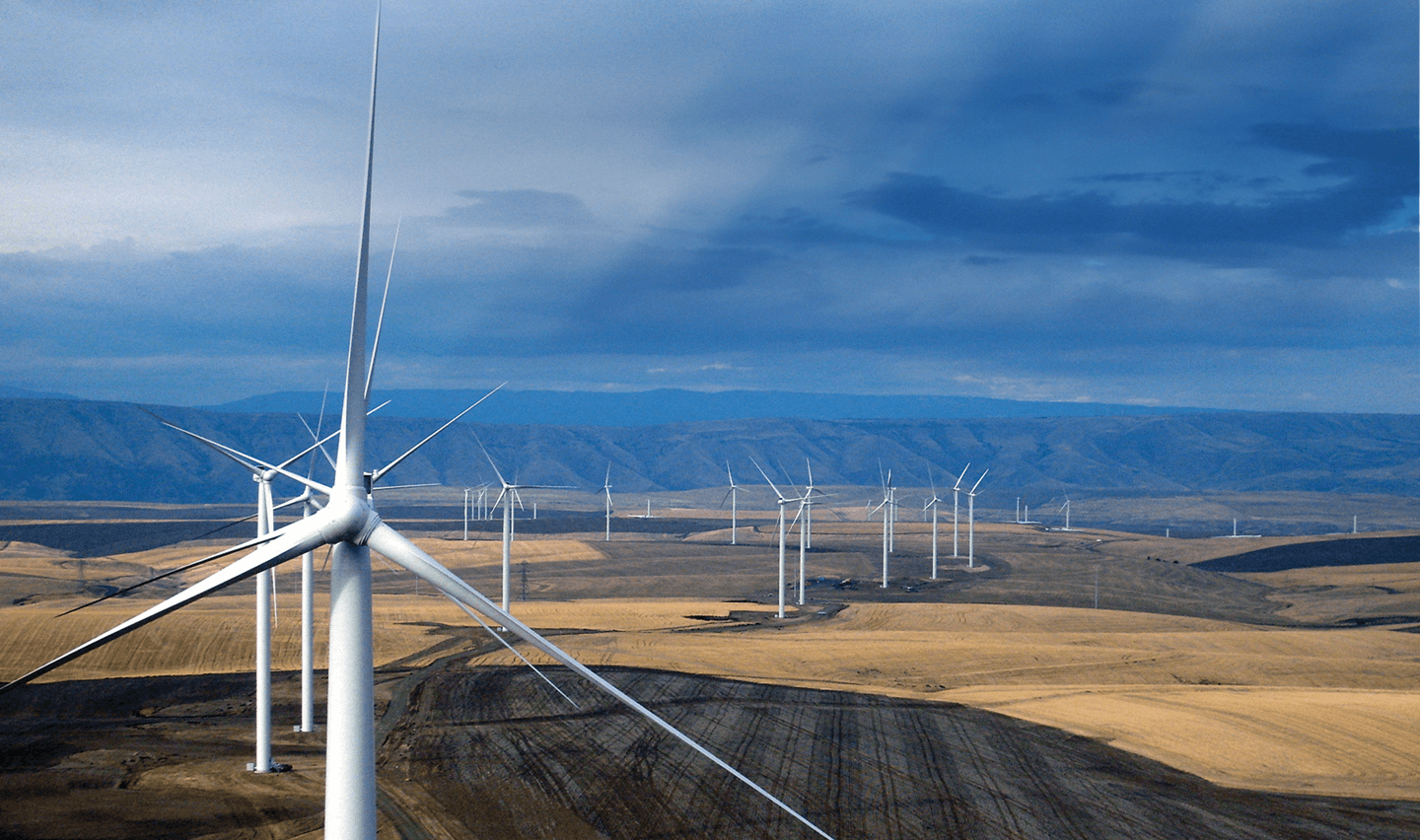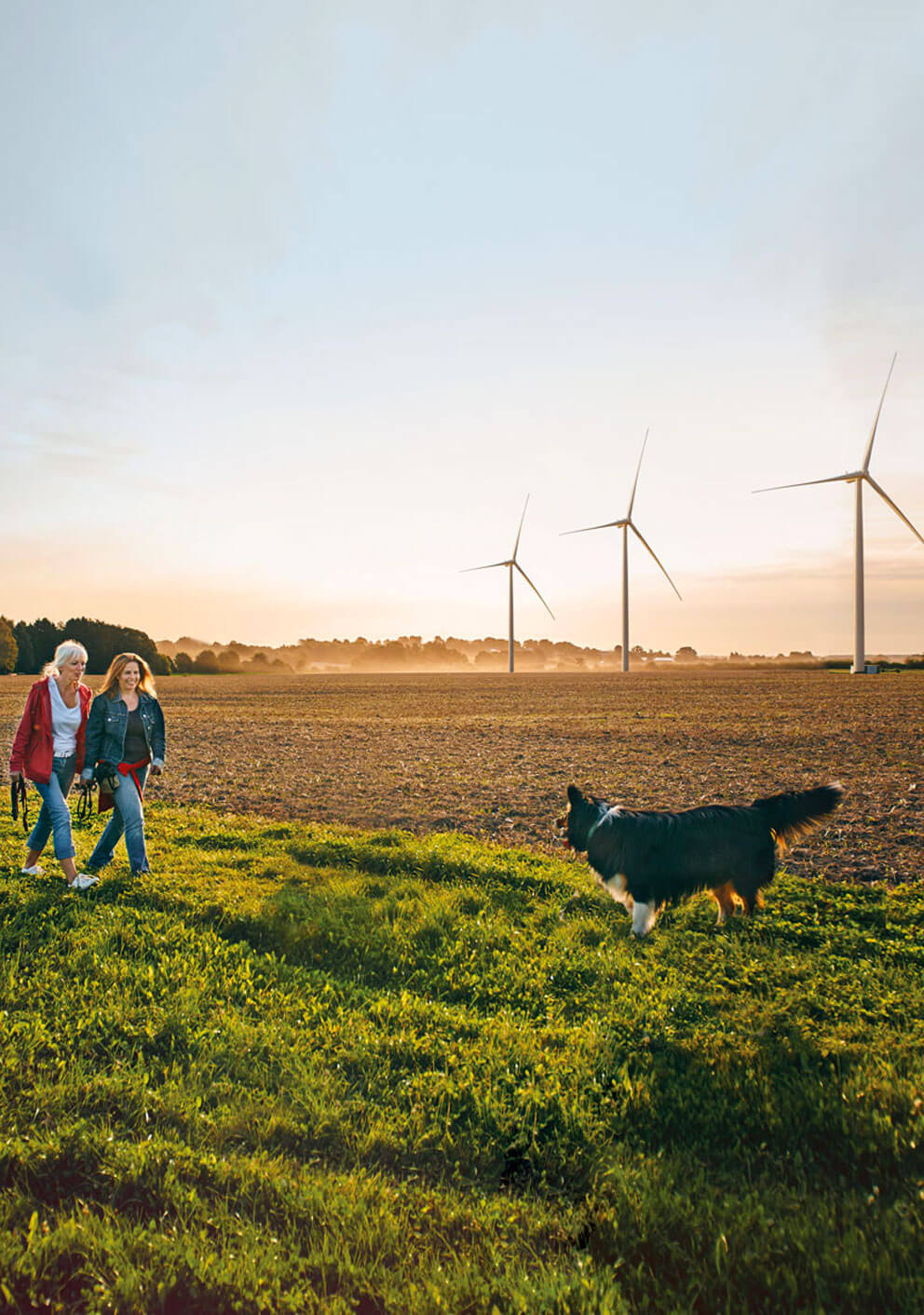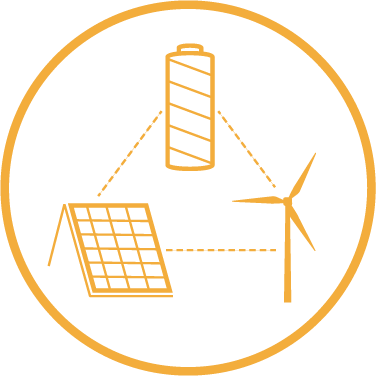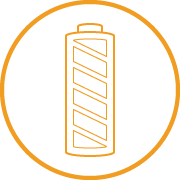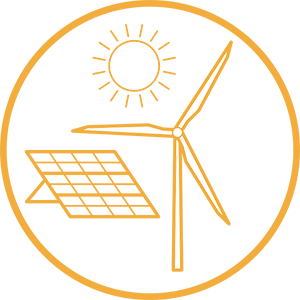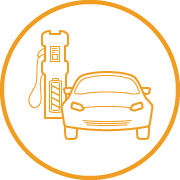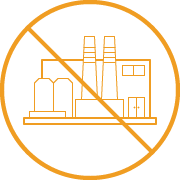Home
The power to change tomorrow
How we’ve changed
How we’ll continue to change
We know the journey to a brighter future is ongoing, which is why we’re committed, Full Clean Ahead. We’ll continue to change, adapt and try new things to help us reach our shared goals.
Building a sustainable future
Sustainability principles are woven into the fabric of who we are and how we operate. From how we work toward a clean energy future, to the day-to-day operations of running a business, we use an integrated approach, considering social, environmental and economic impacts in all our business decisions. We’ll share our progress along the way, and share what we learn that may help you run your home or business more sustainably, too.
Our goal: Reduce emissions by more than 80%
A clean energy future starts with us dramatically reducing our greenhouse gas emissions, while keeping power reliable and affordable for everyone. It also means working with customers and partners like you to get there, by helping you power your day more efficiently, and using new smart grid technologies to give you more options for how you use energy.
Where we are now
We’re committed to transparently reporting on our performance along the way. The graphs below show the mix of sources used to provide your electricity in 2018. Though solar, wind and water levels will vary from year to year, our goal is to reduce greenhouse gas emissions by more than 80%. The second graph shows where we stood at the end of 2018.
This is just a slice of what we track. You can find more data and information on our sustainability pages and on our investor relations site.


Work that's moving us forward
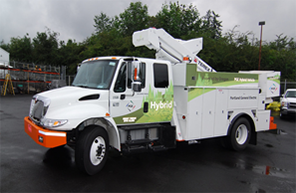
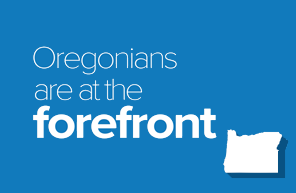
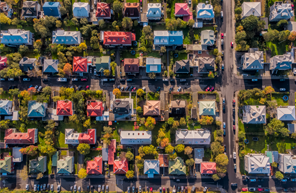
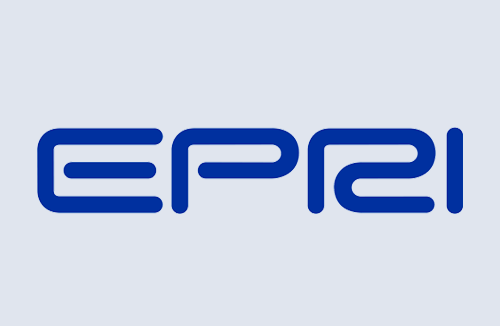
A Roadmap to Clean Transportation
We're electrifying our fleet of vehicles and we’ll share our learnings
The future of transportation is electric. But to get there, we’ll first need to make sure there’s a foundation of charging infrastructure and practices in place to support electric vehicles, including large fleets of cars, buses and trucks.
A transportation revolution
Today, about 40% of Oregon’s greenhouse gas emissions come from transportation.1 By electrifying cars, buses and trucks, we can reverse this trend and help put our state on track to meet or beat Oregon’s GHG reduction goals.2 Electrifying vehicles reduces air pollution, improving the quality of the air in our neighborhoods and communities.
We want to help communities and customers make affordable, clean electricity the fuel of choice for transportation — whether it’s taking the bus to work or shipping products in electric trucks. We’re working alongside policymakers, business leaders, environmental groups and customers to make this future accessible.
We’re building new, integrated charging infrastructure for EVs that helps maximize the benefits of electric transportation for all customers.
We’re also doing our part to adopt EVs by decarbonizing the entire PGE fleet of almost 1,100 vehicles. By electrifying our own fleet, we can prove what’s possible. As we make this transition, we’ll share what we learn so that others can follow in our path more easily. We’re starting with our 2019 Fleet Decarbonization Study.
Sharing our success
In 2019, PGE will complete a study to identify the challenges and opportunities we’ll face as we electrify our own fleet. Our goal is to not only make the change, but also share our experience with other fleet operators so they can evaluate EV adoption more easily.
Our study will answer questions such as:
- How many EVs and vehicle types will we need in our fleet?
- What kind of infrastructure, distribution system and facilities will we need to support these vehicles?
- How much time and money will it take to completely electrify our fleet?
- What are our options for medium- and heavy-duty electric trucks?
Our work so far
We’re excited to take this next step in electrifying our fleet, an effort that began in 2011. Already, we have dozens of EVs and plug-in hybrids, along with numerous electric forklifts and carts. Our EVs have driven more than 412,000 miles so far.
By continuing our efforts and sharing what we learn with others, we can all make an enormous impact on Oregon’s clean energy future.
1 “Statewide Greenhouse Gas Emissions.” Oregon Department of Environmental Quality, accessed August 15, 2018.
2 “Portland General Electric Decarbonization Study: Summary of Draft Findings.” Evolved Energy Research, Feb. 14, 2018.
A Trifecta in Renewable Energy
Wheatridge will be the first major facility in North America combining solar, wind and battery storage
It’s amazing that something as simple as a breeze or sunbeam can help power our homes and businesses. In fact, wind and solar are an important part of Oregon’s transition to a clean energy future.
But there’s always been one major challenge with using these renewable resources: they’re only available when the wind is blowing or the sun is shining.
PGE has been delivering wind power since 1999 and solar since 2002. Now, we’re ready to take our work to a whole new level with a renewable energy facility that’s truly the first of its kind.
Breaking new ground
Adding more wind and solar to our grid means thinking differently. That’s why our new Wheatridge Renewable Energy Facility will take a dramatically new approach to generating and storing energy.
Wheatridge will be the first major facility in North America to combine wind, solar and battery storage in one location. We’re working with NextEra Energy Resources to bring this facility online in Eastern Oregon. The wind component will be operational by December 2020, while construction on the solar and battery components is planned for 2021.
Reliable, affordable energy
Wheatridge marks a major step toward an affordable transition to clean and reliable energy. It’s designed to generate up to 300 megawatts of wind power and up to 50 megawatts of solar. With the addition of these resources, our customers’ overall power needs will be about 50% carbon-free.
But what makes Wheatridge truly unique is its 30 megawatt battery storage facility, which will be one of the largest in the United States. This is a game-changer in terms of reliability. It means that wind and solar energy can be generated when conditions are optimal and used when its most needed.
This new ability to create and store renewable energy will allow Oregon to be less dependent on fossil fuels without compromising a reliable, steady flow of electricity. More importantly, Wheatridge and facilities like it will play a key role in a more sustainable future that fights the effects of climate change.
Putting Smart Grids to the Test
A first-of-its-kind two-way grid helps us and our customers use energy more intelligently
For the last century, the flow of power was one-way: from the generating facility to a customer’s home or business. Today, the need for reliable, consistent power hasn’t changed. But what is changing is the way we can work with customers. We’re empowering them to better manage their energy use.
It’s all about planning
The clean energy future relies on a two-way smart grid. Customers now have the option to shift their electricity use to times when demand is lower, allowing us to manage our resources and use more renewable sources. They can also share the power generated or stored at their homes or businesses — for example, from rooftop solar panels or batteries — with the rest of the grid so everyone benefits.
We’re testing how all of these technologies and programs work together through our Smart Grid Test Beds in three Oregon neighborhoods — Hillsboro, Portland and Milwaukie. This is the first project of its kind to integrate smart grid technology on a scale never before attempted in the United States. More than 20,000 PGE customers will be able to participate in smart grid programs and earn financial incentives for using smart-home technologies.
Benefits for everyone
As part of the test bed, people and businesses in those neighborhoods will have special opportunities to be energy-efficient and have more control over their energy use. These programs will be tested and refined with the goal of rolling them out to all PGE customers. The test beds will allow us to integrate even more renewable energy resources into our power supply for everyone, without compromising grid safety, security and reliability.
We’ll make this a seamless experience by helping customers in the test bed automate their smart thermostats, water heaters, electric vehicle chargers and batteries to work in concert with our grid. When demand for electricity is especially high, customers will be able to decide on an event-by-event basis if they want to reduce their energy use.
Making the future a reality
Renewables like rooftop solar, flexible resources like batteries, thermostats and water heaters, and electric vehicle charging are all important parts of achieving a clean energy future. Our test beds will help make these technologies mainstream as we build a model that energy providers everywhere can learn from and replicate.
This multi-year project offers the opportunity for exciting learnings that can benefit all our customers.
Model Behavior: PGE Plan Wins Award
Electric Power Research Institute recognizes PGE for top-notch sustainability planning
We have a vision for a clean energy future. But it takes more than a vision to get to where we need to go. It takes careful planning today and in the years ahead.
The Electric Power Research Institute (EPRI) is a leading research organization dedicated to addressing challenges in the energy industry — like how to transition to cleaner, more sustainable energy.
In 2018, EPRI recognized PGE with a Technology Transfer Award for our sustainability planning, which aims to make electricity in Oregon more reliable, efficient, affordable, safe and environmentally responsible.
Planning our path
PGE has set an ambitious goal for greenhouse gas (GHG) emissions: a reduction of more than 80%.
We knew we needed a comprehensive plan to make meaningful progress toward this goal, while also keeping electricity affordable and reliable for you. So, in 2015, a team of 15 executives and managers from across our company came together for a two-day workshop with EPRI.
EPRI developed an industry-leading model to help power companies assess their progress toward sustainability goals, develop innovative strategies and make better investments.
Together, our team applied EPRI’s model to better understand our best path to GHG reduction. Through this process, we were able to identify areas where we needed improvement, including the need to set a GHG reduction goal and a plan for meeting this goal. With the release of our Clean Energy Future vision paper in 2018, we executed on the EPRI model.
A fresh approach
The EPRI award recognizes that PGE now has a mature framework and roadmap to put our resources where we can make the most impact in reducing GHG emissions.
